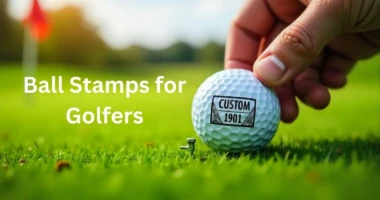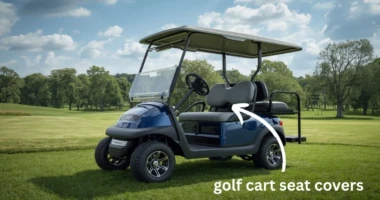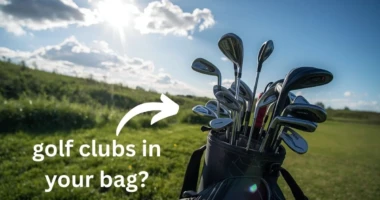Many golfers spend hours practicing their swing or investing in expensive clubs, but they often overlook one of the most important parts of the game, the golf ball. The truth is, not all golf balls are the same. Choosing the right ball can improve your distance, accuracy, and overall consistency on the course.
Understand Your Skill Level
Before you pick a golf ball, it’s important to know where you stand as a player.
- Beginners: Need balls that provide extra forgiveness, distance, and durability.
- Intermediate players: Should focus on control and spin while balancing distance.
- Advanced golfers: usually prefer premium balls with multi-layer construction for precision.
A simple rule:
The more skilled you are, the more you’ll benefit from a ball designed for control and spin rather than just distance.
Think About Your Short-Game Needs First
Golf isn’t just about driving the ball far; it’s often won or lost in the short game.
- Wedge and chip shots: Look for a ball that gives you a soft feel and spin around the greens.
- Putting: A softer cover can help you get consistent roll and better distance control.
Why Short Game Matters?
Almost 70% of golf shots happen within 100 yards of the green. If your ball doesn’t perform well in this area, even long drives won’t save your score.
Key Factors to Consider
1. Swing Speed
Swing speed is one of the biggest factors in ball choice.
- Slow swing speed (<85 mph) → Low-compression balls (softer core) for better distance.
- Medium swing speed (85–100 mph) → Mid-compression balls for a mix of distance and feel.
- Fast swing speed (100+ mph) → High-compression, tour-level balls for full control.
2. Spin Rate
- Low-spin golf balls: Reduce slice or hook, increase roll-out, ideal for beginners.
- Mid-spin golf balls: Offer a balance of distance and feel, great for most golfers.
- High-spin golf balls: Maximum control on short shots, used by professionals.
3. Feel and Control
Some golfers prefer a soft feel, while others like a firmer response.
- Soft feel → Helps with putting and short-game confidence.
- Firm feel → Provides durability and consistent distance.
4. Budget
Golf balls range from $20 per dozen to $50+.
- Beginners can stick with affordable 2-piece balls.
- Advanced players may invest in premium balls for maximum control.
Popular Types of Golf Balls
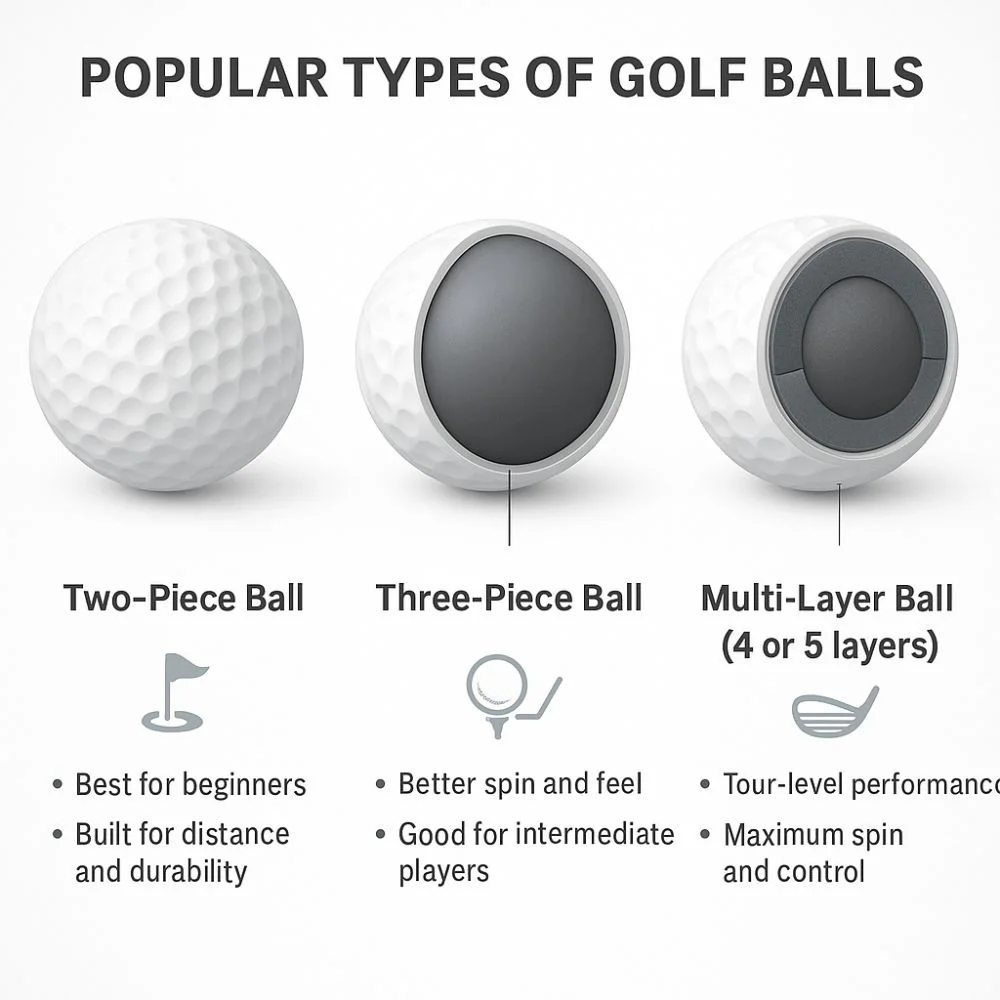
1. Two-Piece Balls
- Best for beginners
- Built for distance and durability
2. Three-Piece Balls
- Better spin and feel
- Good for intermediate players
3. Multi-Layer Balls (4 or 5 layers)
- Tour-level performance
- Maximum spin and control
How to Test a Golf Ball from Green to Tee?
One of the smartest ways to find the right golf ball is to test it in reverse order, starting from the green and moving back toward the tee. Why? Scoring in golf often depends more on your short game than raw driver distance. Here’s a step-by-step process:
Step 1: Start with Putting
Begin on the practice green. Roll a few putts with the ball and pay attention to:
- Feel off the putter face: Does it feel soft, firm, or clicky?
- Distance control: Do you need to strike harder than usual, or does it roll smoothly with your normal stroke?
- Sound feedback: The sound can impact confidence; some players prefer a muted “thud,” while others like a sharper “click.”
Since putting accounts for a large percentage of strokes in a round, this step is crucial.
Step 2: Chipping and Wedges
Next, test the ball around the green with chips and pitch shots. Focus on:
- Spin and stopping power: Does the ball check up quickly, or does it roll out more than expected?
- Consistency: Does it react the same way each time, or is it unpredictable?
- Feel on short shots: A soft cover may give you more touch, while a firmer ball might be harder to control on delicate shots.
This step helps you see how much control you’ll have when trying to save strokes close to the hole.
Step 3: Irons and Hybrids
Now move back to mid-range shots with irons and hybrids. Pay attention to:
- Ball flight: Is the trajectory too high, too low, or just right for your swing?
- Distance gapping: Each club should produce a predictable distance. If one ball causes big overlaps or gaps, it may not be right for you.
- Accuracy: A good ball should help you hit more greens consistently, not exaggerate your misses.
This stage ensures the ball complements your full-swing approach shots, which are essential for setting up scoring opportunities.
Step 4: Driver Performance
Finally, test the ball with your driver. Here’s what to look for:
- Distance: Does the ball give you solid carry and rollout without sacrificing too much spin?
- Accuracy: A ball that goes far but consistently curves offline isn’t the best choice.
- Launch angle and spin rate: Too much spin can balloon your shots, while too little can make it hard to keep the ball in the air.
Why the Cover Material Makes a Difference?
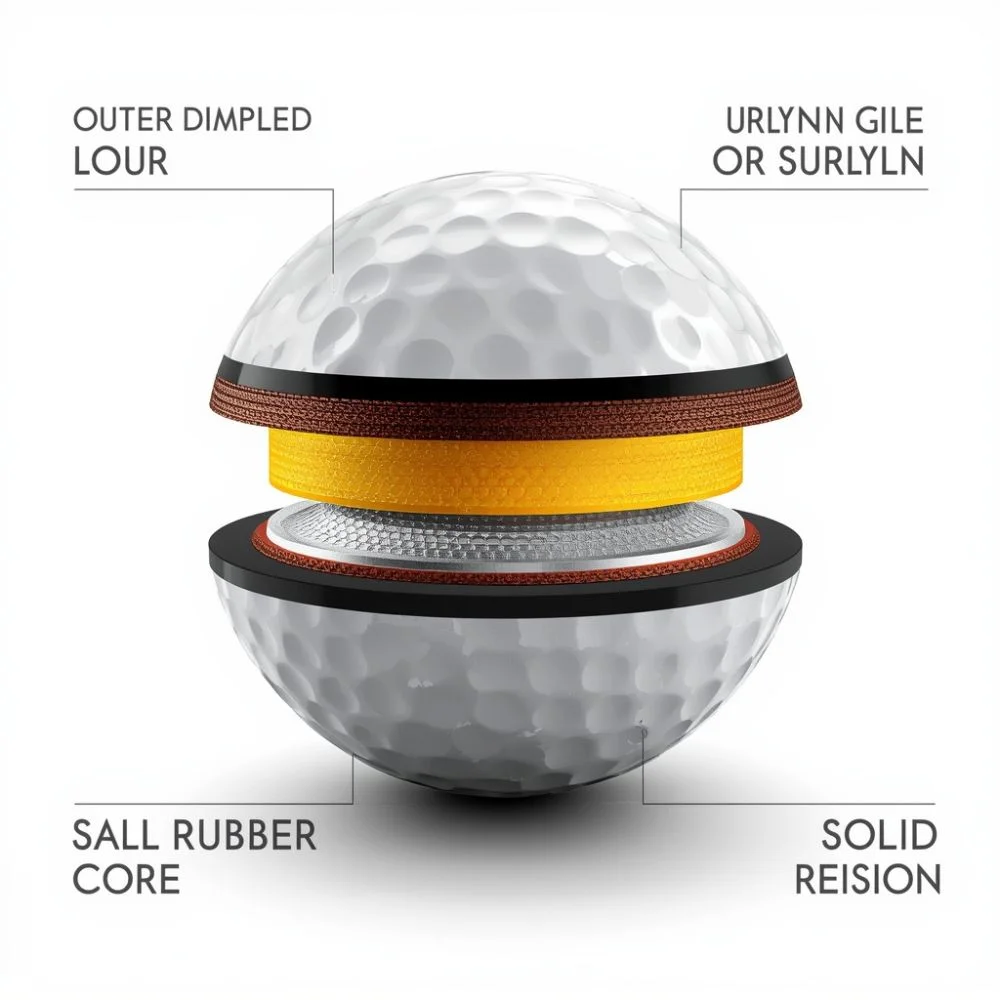
The cover material of a golf ball plays a huge role in how it feels and performs.
- Surlyn covers: Durable, affordable, and designed for straighter shots with less spin. Ideal for beginners.
- Urethane covers: Softer feel, higher spin, and more control, especially on short shots. Preferred by professionals and skilled players.
Choosing the right cover depends on whether you prioritize durability and distance or spin and feel.
Don’t Forget the Weather Factor
Finally, the weather can influence how a ball behaves.
- In cold weather, balls feel harder and don’t compress as much, reducing distance. Low-compression balls are better here.
- In hot conditions, balls compress more easily, so higher-compression options might perform better.
- Windy days favor low-spin balls since they fly straighter and are less affected by the breeze.
Smart golfers keep more than one type of ball in their bag to adjust to different conditions.
Final Thoughts
Choosing the right golf ball isn’t a one-time decision; it’s about testing, experimenting, and matching the ball to your game. Start with your short-game needs, then consider distance, compression, spin, and even weather.


